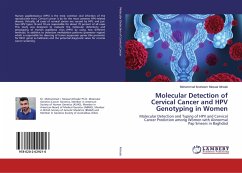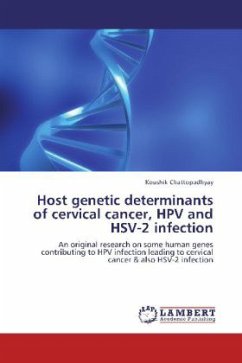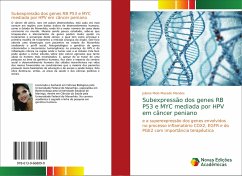Cervical cancer is one of the main causes of death for middle-aged women in the developing world, till now it is completely preventable if precancerous lesions are diagnosed and treated in a timely manner.Different methods are found to control and prevent cervical cancer which involves conventional cytology (Pap smear), liquid-based cytology, human papillomavirus (HPV) screening, and vaccination against HPV Infection with HPV is the most important causal risk factor for cervical cancer, and persistence with one or more high-risk carcinogenic types is essential in the development of cervical cancer. Among women with normal cervical cytology, HPV prevalence ranges from 10-12% worldwide. Most commonly, HPV 16 and HPV 18 types are isolated from cervical cancer worldwide, but there are several oncogenic types of considerable importance, i.e. types 33, 45, 31, 58, 52, 35, 59 and51. Since DNA-based methods cannot distinguish between transient and potentially transforming infections, many studies had suggested that testing HPV E6 and E7 RNAs could be more specific. The 'gold standard' for detection of oncogenic HPV is the characterization of transcriptionally active high-risk HPV in tumo








